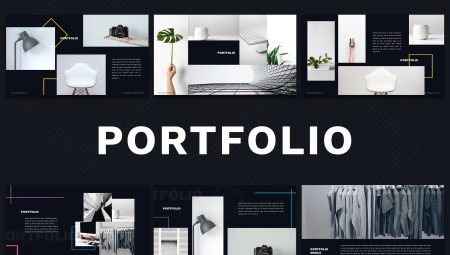An effective portfolio is the key to the success of an interior designer. You need to know how to properly create such a document and who may be interested in it in the future.
Why is it necessary?
A portfolio for an interior designer is his business card and advertisement among potential customers. It is with the help of this document that you can acquire new customers and show why they should choose you. A portfolio is not just a folder that contains all the work of a designer. This is a document on the basis of which the client will be able to visually see what he will receive in the course of cooperation and what the outcome of the work will be.
A well-designed portfolio is a direct path to new profitable deals.
Creating such a document, you can encounter many nuances that must be followed. The designer will need to think through issues such as syllable for the presentation of your product, portfolio design style, selection of profitable projects and their description.

Portfolio interior designer need:
- in order to get the coveted position in a design studio or in an agency, without such a document it will be difficult to get a job, because there they will without fail ask why they should take this particular applicant;
- in order to demonstrate that the specialist is ready for cooperation;
- to search for customers;
- for admission to a specific educational organization or courses, etc.
How to make?
Each designer, who begins to compile his portfolio, wonders how many examples of work need to be placed in the document.
There is an opinion that for a full-fledged portfolio of an interior designer, 20 of the best works will be required. This is the minimum number of projects, thanks to which it will be possible to impress the potential client.
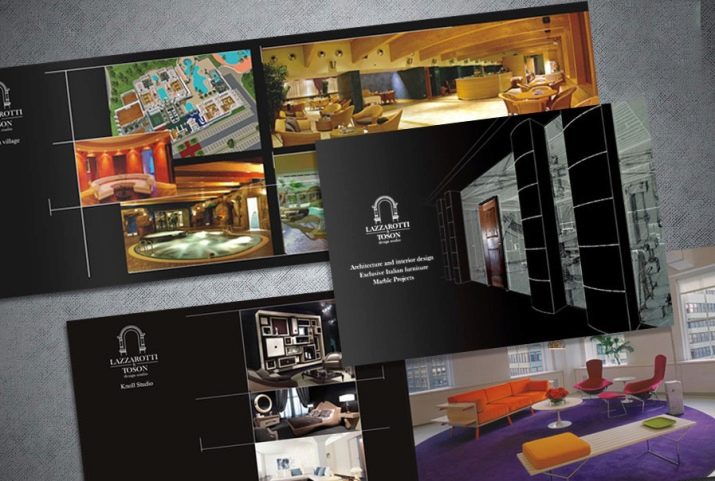
Before you make your presentation, you will need to familiarize yourself with the structure of the document. As a rule, it consists of the following sections.
- First of all, you need to create a cover. As a rule, it is created in the style of minimalism, where there are no unnecessary details. It is enough to simply indicate the last name, first name, as well as specialty. Each person thinks out the color scheme and cover design independently, but usually it is a plain surface.
- The second page will contain a story about yourself. You need to introduce yourself, talk about your experience in this area. Many designers tell how they came to such an activity and what pushed them to it. At the end of the story, communication methods are added. Experienced professionals do not recommend prescribing your age if the designer is less than 24 years old. This is due to the fact that some customers basically do not want to work with young specialists.
- All subsequent pages will be presented in draft, outline and finished work. The recommended number of sheets is 6-9. Care should be taken to ensure that there is free space between the text part and the photographs so that the client is comfortable studying the portfolio.
- You can add a description of the project, its history, tasks and other nuances that will help make the document as informative and interesting as possible. When compiling a portfolio, you need to ask yourself a question about what the future employer wants to see in him and what questions he will be able to ask.
- The presentation of apartments will look very good, where the initial state of the project, tasks set and even a brief history of how certain details were selected will be indicated.
- The last page contains contact information with reviews and thanks from customers.
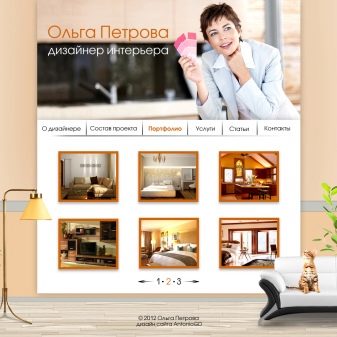
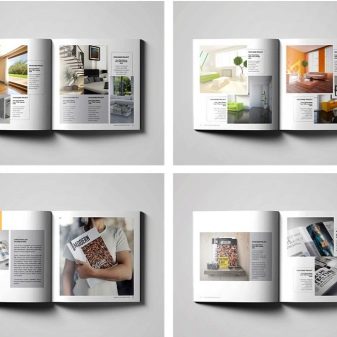
Looking through a presentation, the client should receive answers to all possible questions in it. To create a portfolio designer for a beginner, you can use some recommendations that can help you decide what to do next.
A specialist who has just completed his studies at the university, starting to make a portfolio, makes mistakes consisting in abstracting and putting all the projects in a heap.
To begin with, this option is suitable, but in the end, you still have to choose your best work and delete not very successful ones.
For beginners, you can use the following structure.
- Presentation of training projects in which high-quality working drawings will be present. This section is of great interest to employers during interviews in design studios. Here you should add interior sketches or volumetric renderings. Using this technique, you can clearly show your professional skills. The ideal option is the division into residential and non-residential premises.
- Demonstration of competitive projects. Not every designer has work with which he participated in competitions, so this section will be a big plus when compiling a portfolio.
- The next section should contain information about private projects, if any. Many beginning designers show the projects that they did for their acquaintances, relatives and friends. You can also think of a client for yourself by creating a fictional project, thinking through all the details and nuances.
- The next section is filling the portfolio with academic papers and amateur sketches. You can attach drawings, if the specialist is interested in this. Using this method, you can reveal yourself as a person in front of the customer, showing your personality.
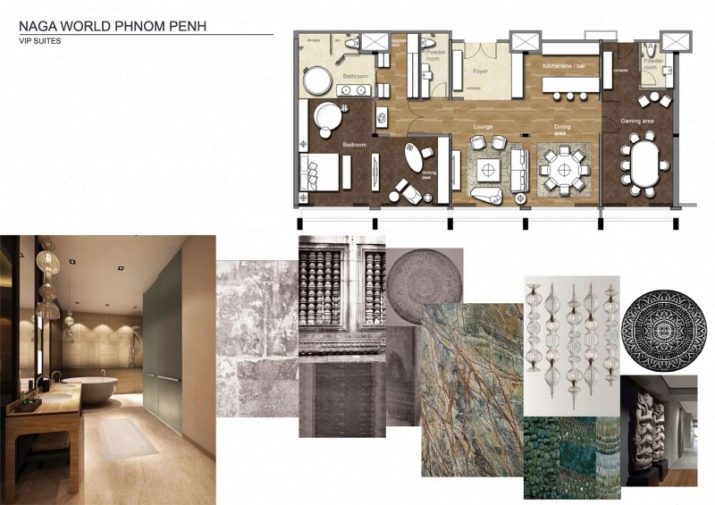
Who is showing the portfolio?
A designer can show his portfolio to two categories of people: customers and employer. If a specialist wishes initially gain experience and find customers, it is necessary to decide with whom the interaction is planned. Depending on your topic, you should consider the issue of filling.
Interior design may interest apartment owners. As a rule, novice specialists quickly find economic objects that are well suited to fill their hand.
Also interested design services beauty salons, restaurants, cafes and even kindergartens. They resort to the help of a specialist and owners of hotels, water parks, shopping centers, country houses.
Each of these clients will want to see examples of work in order to understand what they will receive in the end. Therefore, it is necessary to divide different directions into sections or to focus on specific activities.
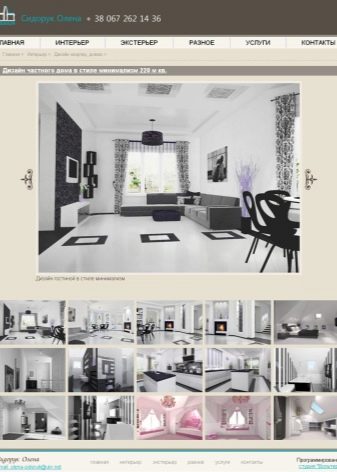
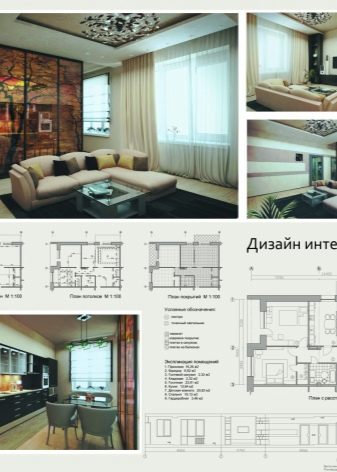
Where to upload?
There are many ways to showcase your portfolio. Today, social networks are very popular. This method is free and quite competitive. In this case, the account is executed as a portfolio. Now it’s quite difficult to find a high-quality account with a portfolio on a social network, therefore, with the help of competent design and provision of information, you can attract your audience.
When designing an account portfolio, you should definitely post your photo on the avatar, where the face is clearly visible. Customers must see with whom they will work.
You can also find customers on freelance exchanges. The portfolio is compiled according to the standard rules that were described earlier. Some designers place the document in «Cloud» on Google Drive or Yandex. Disk. Portfolio sent to potential customers in PDF format.
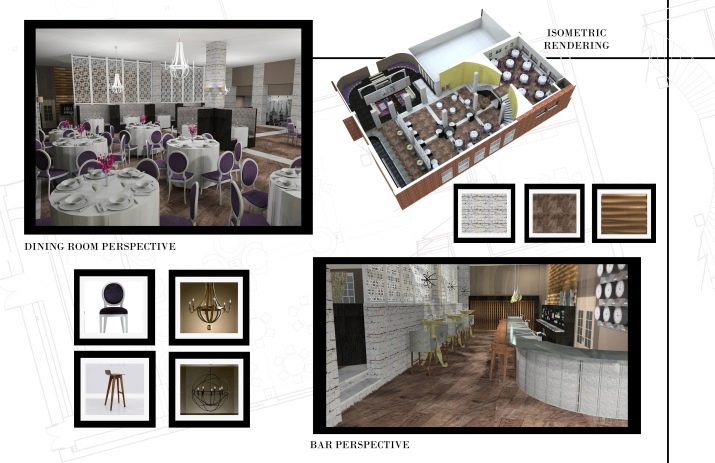
Examples
To create an interior designer’s portfolio, You can use ready-made templates or demonstrate your personality by creating a unique document. In any case, you can take note of the sample, on the basis of which to develop your plan.
The example below is clear a successful version of portfolio design in electronic format is shown. On the first page are the contents of the blocks, a photograph of the designer and a short story about him. Here you can also specify contact information so that the customer can immediately contact the specialist he liked.

In the following example, there is a sample presentation of the work of the designer. Very convenient to break your work into blocks, where each of them will be on a separate page. A client who wants to order a kitchen interior design can quickly find what he needs in one place, without choosing among other projects.
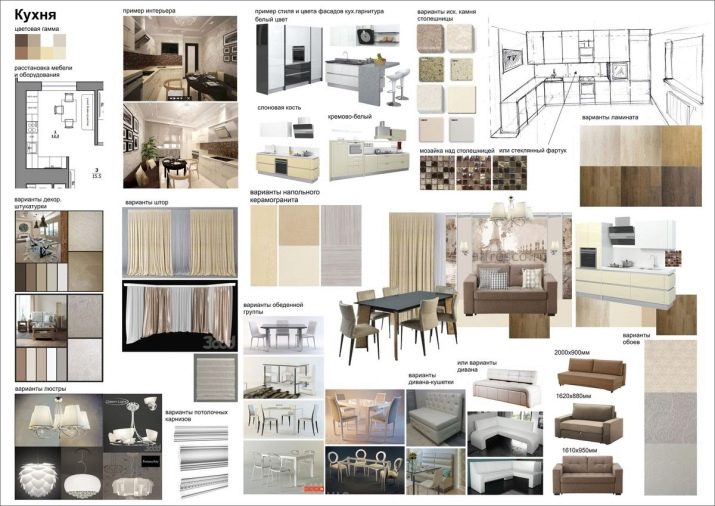
It is important to have photographs of only high quality so that the customer can visually evaluate the result of the work done by the specialist.
